Helicopter servicing and maintenance
Helicopter aviation is a demanding discipline based on precision and safety. To ensure worry-free flying, it is imperative to pay particular attention to helicopter maintenance and servicing.
The objective is paramount. The safety of passengers and pilots is at stake on every helicopter trip and every flight. According to the Bureau d’Enquête et d’Analyses pour la Sécurité de l’Aviation Civile (BEA), there were 12 helicopter accidents in 2022, including 1 fatality. Most of these accidents involved private pilots, not professional helicopter pilot companies.
In this article, we explore the crucial importance of these procedures and the best practices to follow to maintain aircraft reliability. In helicopter maintenance, preventive maintenance is essential and involves regular checks and overhauls to anticipate and rectify any malfunctions before they become serious. This approach includes careful analysis of key components, such as engines, hydraulic systems, blades and electronic circuits.
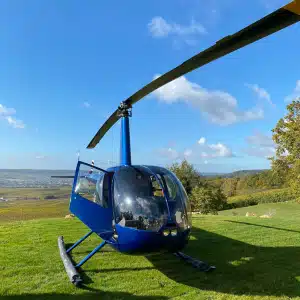
Helicopter maintenance: key to safety
In helicopter maintenance, preventive maintenance is essential, involving regular checks and overhauls to anticipate and rectify any malfunctions before they become serious. This approach involves the careful analysis of key components, such as engines, hydraulic systems, blades and electronic circuits.
Thanks to these strict controls on helicopter maintenance, minor problems can be identified and addressed promptly, reducing the risk of major in-flight complications.
Corrective action: Taking effective action in the event of problems
These strict controls on helicopter maintenance mean that minor problems can be identified and addressed promptly, reducing the risk of major in-flight complications. Corrective action plays a fundamental role in remedying unforeseen problems. Although preventive helicopter maintenance minimises risk, some challenges can still arise.
These corrective actions target anomalies discovered during regular checks or those reported by pilots. Responsiveness and precision are paramount in these helicopter maintenance operations to ensure flight safety and prevent further damage to the aircraft.
Record-keeping: Documenting every stage
In the helicopter maintenance process, it is vital that every step, whether a simple check or a more complex intervention, is rigorously recorded and documented. This means including detailed descriptions of each inspection carried out, meticulously noting the nature of any repairs carried out, listing the components that have been replaced and explaining any other action taken during maintenance or servicing.
Here is a list of the documented stages in helicopter maintenance:
- Helicopter identification: model, serial number, registration number, etc.
- Type of intervention: preventive, corrective, emergency maintenance, etc.
- Detailed description of the inspection: Components inspected Results of the inspection (any signs of wear, damage or anomalies)
- Tools and equipment used Repairs carried out: Type of repair Parts and materials used Time spent on repair
- Component replacement : List of parts replaced Reason for replacement (wear, failure, improvement, etc.)
- Batch or serial number of new components
- Other work: Any specific work carried out on the helicopter, such as software updates or calibrations.
- Post-intervention tests and checks: Ensuring that systems are working properly after maintenance.
- Notes from technicians : Any observations or recommendations for future work.
- Date and time: Document when each stage of the intervention took place.
- Signature and certification: The signature of the responsible technician and, if necessary, the certification of the qualified supervisor or inspector.
- Regulatory references: Standards or specific maintenance directives followed during the work.
- Next steps or recommendations: Suggestions or forecasts for future maintenance operations.
- Photos and illustrations : Images before and after maintenance can be useful for visual documentation.

Scheduled Maintenance: Ensuring Regulatory Compliance
When it comes to helicopter maintenance, the directives and recommendations issued by the aviation authorities play a vital role. These bodies, the guarantors of aviation safety, impose strict and detailed maintenance guidelines on air operators to ensure that every helicopter in service complies with optimum safety standards.
Secondly, they exhaustively describe the methods, techniques and procedures to be adopted when carrying out these maintenance tasks, ensuring that each intervention is carried out according to industry best practice. In addition, these guidelines specify which components of the helicopter require special inspection, whether they be vital systems such as the engine, hydraulic systems or other elements essential to the aircraft’s airworthiness.
It is imperative that operators take these guidelines very seriously. Ignoring, neglecting or deviating from these protocols is not without consequences. Beyond the administrative sanctions, fines or other penalties imposed by regulatory bodies, there is a tangible risk associated with non-compliance. Non-compliance with these helicopter maintenance programmes can seriously compromise flight safety. This means that omitting an essential maintenance step or neglecting a procedure could potentially jeopardise not only the integrity of the aircraft, but also the lives of the passengers and crew on board.
Working with Qualified Professionals
The crucial task of helicopter maintenance can only be entrusted to individuals with specific qualifications and certifications in the field. It is the unique combination of their in-depth training, technical expertise and practical experience that makes them suitable for this vital function. Entrusting maintenance to such specialist technicians not only ensures that every procedure, no matter how complex or rudimentary, is carried out with precision, but also that all interventions are carried out with the highest level of safety.
It is crucial to understand the cardinal importance of maintenance and servicing in helicopter aviation. These activities are not simply protocol procedures, but strategic interventions that determine the reliability of the aircraft in flight.
A systematic approach to maintenance, combining both preventive action to anticipate potential problems and corrective action to address any malfunctions identified, is fundamental to ensuring safe flight. In addition, meticulous record keeping detailing each maintenance intervention provides visibility of the aircraft’s history, facilitating future maintenance operations.
Finally, strict compliance with the maintenance programmes and standards set by the regulatory authorities not only ensures legal compliance, but also reinforces the confidence of stakeholders in flight safety. In short, rigorous maintenance, carried out by competent professionals, is the cornerstone of safe and reliable helicopter flying.
Conclusion
Helicopter maintenance is the central pillar of flight safety and reliability. The precise requirements of helicopter aviation, combined with the directives issued by the aviation authorities, make maintenance an absolute priority. According to BEA data, compliance with these procedures can drastically reduce accidents, underlining the importance of preventive and corrective action.
These interventions, carried out by highly qualified and certified professionals, encompass a full range of tasks, from the careful analysis of components to the rigorous documentation of each step. Meticulous record-keeping and strict adherence to regulatory programmes not only enhance confidence in helicopter aviation, but also ensure compliance, traceability and, ultimately, flight safety. In short, helicopter maintenance is not an option, but an obligation for anyone who wants to fly with peace of mind and confidence.
Would you like to discover the world of helicopter pilots? Then get in touch with us!
Our team will be delighted to give you more information about our training courses to become a private or commercial pilot in Europe and abroad, and to show you all our introductory flying courses in Reims and Luxembourg.
CEFA – Centre Européen de Formation Aéronautique
- Aérodrome de Reims-Prunay, 51360 Prunay
- [email protected]
- 07 49 94 35 32
Our office in Luxembourg
- 13-15, Rue de l'industrie L-8069 Bertrange Luxembourg
- [email protected]
- +352 2630761
Our training courses
Become a pilot in Europe only
To become a pilot for personal pleasure
To convert your licence and fly in Europe
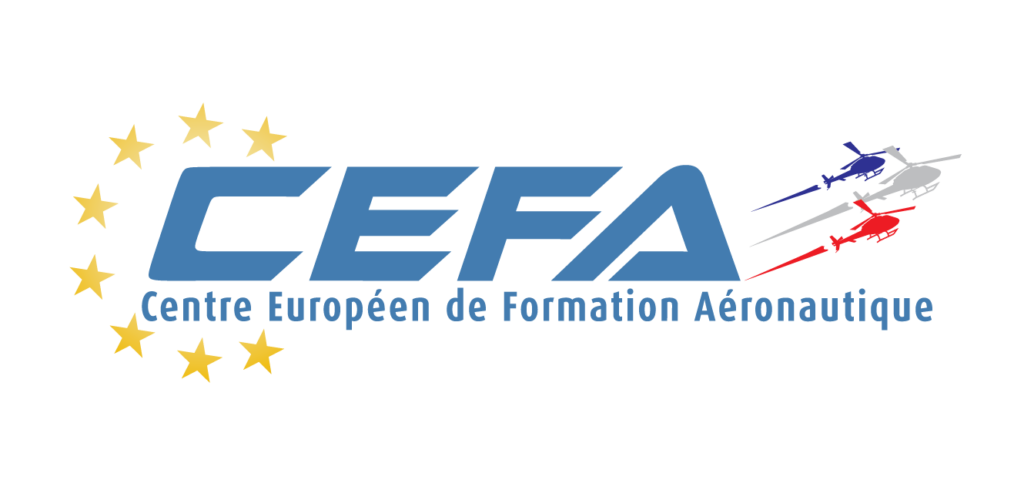
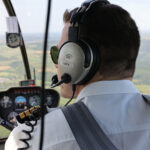
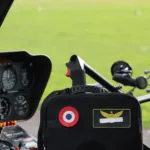

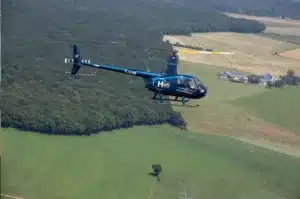

No comment yet, add your voice below!